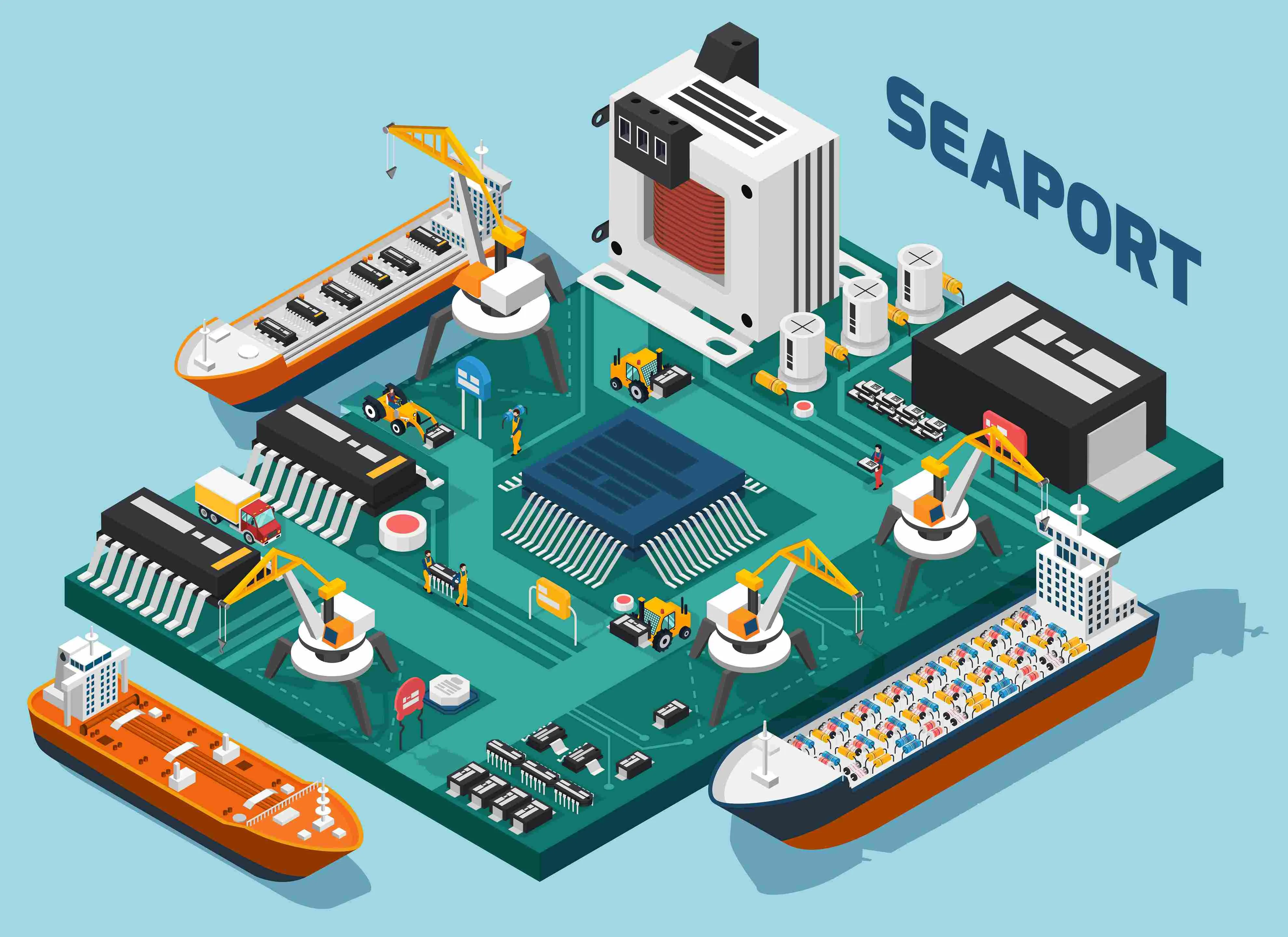Maritime IoT: Revolutionizing the Shipping Industry with Smart Connectivity

Maritime IoT: Revolutionizing the Shipping Industry with Smart Connectivity
The shipping industry, a cornerstone of global trade, is undergoing a transformative shift with the advent of
Maritime IoT (Internet of Things). By integrating smart connectivity into maritime operations, the industry is achieving unprecedented levels of efficiency, safety, and sustainability. This blog explores how Maritime IoT is reshaping the shipping landscape and why it’s a game-changer for the future.
What is Maritime IoT?
Maritime IoT refers to the network of interconnected devices, sensors, and systems deployed across ships, ports, and logistics networks. These IoT-enabled solutions collect, analyze, and transmit real-time data, enabling smarter decision-making and operational optimization. From predictive maintenance to route optimization, Maritime IoT is revolutionizing how the shipping industry operates.
Key Applications of Maritime IoT
1.
Fleet Management and Tracking
IoT devices provide real-time tracking of vessels, enabling fleet managers to monitor location, speed, and fuel consumption. This data helps optimize routes, reduce fuel costs, and ensure timely deliveries.
2.
Predictive Maintenance
Sensors installed on critical ship components monitor performance and detect anomalies. By predicting equipment failures before they occur, Maritime IoT minimizes downtime and reduces maintenance costs.
3.
Environmental Monitoring
IoT solutions track emissions, fuel efficiency, and waste management, helping shipping companies comply with environmental regulations and reduce their carbon footprint.
4.
Cargo Monitoring
Smart sensors monitor temperature, humidity, and other conditions for sensitive cargo, ensuring safe and efficient transportation.
Benefits of Maritime IoT in the Shipping Industry
1. Enhanced Operational Efficiency
By leveraging real-time data, shipping companies can optimize routes, reduce fuel consumption, and improve overall operational efficiency. This leads to significant cost savings and faster delivery times.
2. Improved Safety and Security
Maritime IoT enhances safety by providing real-time alerts for potential hazards, such as engine malfunctions or adverse weather conditions. Additionally, IoT-enabled surveillance systems improve onboard security.
3. Sustainability and Compliance
With stricter environmental regulations, Maritime IoT helps shipping companies monitor emissions and adopt eco-friendly practices. This not only ensures compliance but also promotes sustainability.
4. Cost Reduction
Predictive maintenance and optimized operations reduce repair costs and fuel expenses, making Maritime IoT a cost-effective solution for the shipping industry.
Challenges and Future Outlook
While Maritime IoT offers numerous benefits, challenges such as data security, high implementation costs, and the need for skilled personnel remain. However, advancements in satellite communication, such as
VSAT systems, are addressing connectivity issues in remote maritime regions.
The future of Maritime IoT looks promising, with emerging technologies like
AI and blockchain further enhancing its capabilities. As the shipping industry continues to embrace digital transformation, Maritime IoT will play a pivotal role in shaping a smarter, safer, and more sustainable future.
Conclusion: Embrace the Maritime IoT Revolution
Maritime IoT is no longer a futuristic concept—it’s a reality transforming the shipping industry. By adopting IoT solutions, shipping companies can achieve greater efficiency, safety, and sustainability while staying competitive in a rapidly evolving market.
Ready to explore how Maritime IoT can benefit your operations? Contact us today to learn more about cutting-edge IoT solutions tailored to the maritime industry.
LSI Keywords: smart shipping solutions, IoT-enabled vessels, maritime data analytics, IoT sensors, satellite communication, fleet optimization, environmental compliance, predictive analytics
